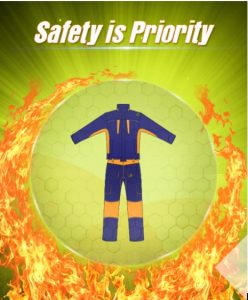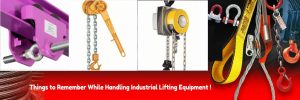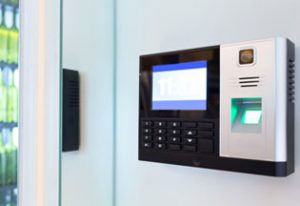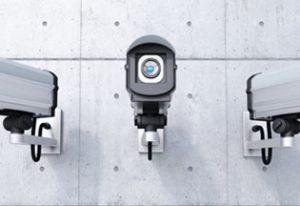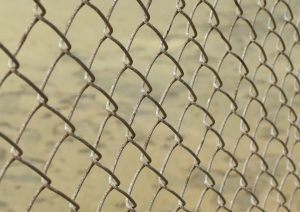How Criminals Think – 4 Tips to Help You Stay Safe
Winning is rarely an accident.
The best sport teams in the world work hard to get there. I.m not talking about simply practicing hard. Winning requires studying the opposition.
Sports teams can usually predict their opponents’ reactions. They can counter these actions to limit the opponents’ success.
Criminals do this with you. They study your home and workplace. They know your weaknesses. If they know how you or your security system will react they can counter or bypass it.
Do you now the criminals that are studying you?
You’ll build a safer environment if you think the way they do.
Consider these viewpoints. It will help you build a stronger offensive.
- How Daily Activities Put You in Danger
Criminals are opportunists.
They know which situations are more beneficial to them. They look for:
- People who aren’t giving attention to their surroundings
- Premises with a lot of traffic so they can disappear in a crowd
- Roads that lead to highways for a quick getaway
Here are two general activities that criminals take advantage of.
Moving or Renovating
When you’re moving or renovating you’re preoccupied. There’s a change in routine and you give less attention to security.
It’s easy to see which buildings owners prepare for a move. Moving vans, boxes and bubble wrap outside are tell tale signs. The same relates to building supplies. Chances are your security system is disconnected if you’re busy with a construction project.
Criminals take note.
They can highjack a moving truck or follow it to your new premises. While your security system isn’t in place they can easily break in and rob you.
They can partner with moving company employees or construction workers. These individuals can leave your doors unlocked or allow certain boxes to disappear.
Driving
Many attacks or high-jackings take place in the early evening. On your way home from work you’re tired and distracted. Your reactions are slow.
This makes you an easy target. Before you can call the authorities criminals can overpower you.
Stay in control by being extra vigilant in these situations. Criminals are trained to read human behavior. If they see you looking around they’ll most likely back off.
Now think. What other activities at home or at your office make you and easy victim?
- Criminal Communication Methods
It pays off to be observant.
Criminals notice where we let our guard down. Luckily they sometimes do too.
Many criminals work in syndicates. They have to communicate with each other but what methods are safe to them?
- Talking via Smartphones creates proof of their criminal activities.
- There are usually members of the public who know one or two petty criminals. Crime organizers don’t want to be seen with petty criminals. The connection can get them caught.
So what’s their solution?
Have you ever driven past a premises with odd features on the exterior of the walls or lawn? These can be signs criminals create to signal others in the syndicate. While one group finds ideal targets others break in.
Signs include:
- Markings on walls
- Stacked garbage
- Broken plants
Each sign represents a unique feature. This can show robbers where women stay alone or where large dogs are.
You can protect yourself by removing signs and checking your vulnerabilities. If you realize there’s a syndicate in your area improve your security.
- Out of Sight
If your backyard can’t be seen from the street’s secure right? Wrong.
Privacy gives criminals time. They may not be able to scout properly beforehand. But if no one can see what they’re up to they have time to figure out how to gain access to the building.
Don’t assume any area of your premises is secure. Installing adequate security features built by professionals is vital. This relates to doors and windows. Steel doors or security grilles take a while to get past. If they didn’t know these features were there before entering the premises they won’t be prepared to deal with them.
Criminals know they’re at risk if they take too long. Waste their time so they have to give up in the end.
- Acting Skills
Don’t think you’ll recognize a criminal for what he or she is.
They’re corrupted enough to hurt or steal from others. They can put up a good act too.
Criminals know what groups of people garner sympathy from the public:
- Widowed women
- Religious groups
- Charity foundations
Criminals even use children in their syndicates.
Don’t open a door to someone you don’t know. Not even if they seem to be in trouble. They want access to your premises.
Security cameras even fake ones are an excellent deterrent. No criminal wants irrefutable proof that can be used in court.
The more you understand criminals the more you can limit their actions. Be on the offence instead of defending. It’s possible to win the fight against crime. Let no criminal take advantage because one player neglects his or her duty. Make sure everyone on the premises is part of your plan.
